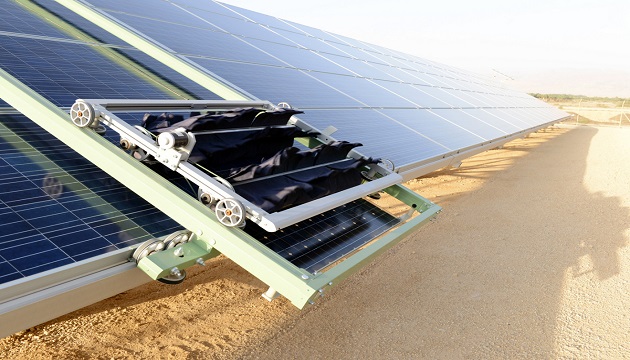A one of a kind opportunity exists to apply AI to a particular part of the clean energy value chain: materials. Materials fill in as the structure blocks of clean energy, for example, the solar cells that make up the photovoltaic panels found on rooftops. Enhancing the materials used to manufacture parts of clean energy is significant on the grounds that current materials are frequently lethal, non-earth rich, and require carbon-concentrated processing.
Without getting excessively technical, basically, the entire reason of AI is a machine emulating the human brain. The machine can learn and adjust to various situations, and as time passes, the machine gets smarter and responds diversely to accomplish better outcomes.
Utilizing AI along these lines can give producers an edge. Manufacturers will in general put resources into upgrading downstream production capacities, which has prompted a few AI applications in sensor innovations and process optimisation. Utilizing AI for upstream design purposes, nonetheless, is an undiscovered business opportunity that could decrease the time it takes to find new materials, opening up capital for deployment and commercialisation strategies.
Robots have already made a difference. They are currently generally used to blend many somewhat various recipes for a material, store them on single wafers or different platforms, and afterward process and test them all the while. In any case, basically trudging through recipe after the recipe is a moderate course to a breakthrough. High throughput is an approach to do heaps of experiments, however, not a great deal of development.
Governments are making the first move on AI-empowered clean energy materials disclosure, flagging this is a region of key national and worldwide interest. Public risk capital drives down expenses for industry, empowering the more extensive adoption of AI in cutting edge producing. Making clean energy materials less expensive, cleaner, and increasingly solid isn’t useful for the earth, yet in addition useful for business.
This situation shows an opportunity for the clean energy manufacturing sector. Applying AI to the advancement of new materials can decrease embedded emissions, toxicity and costs while saving researchers valuable time in the lab. Experiments done by trial-and-error are frequently rehashed a lot of times before a breakthrough happens. Rather, AI could automate complex logical tasks and empower analysts to concentrate on tasks that require more creativity and ingenuity.
To speed the procedure, numerous teams have included computer modeling to foresee the equation of likely pearls. “We’re seeing a torrential slide of exciting materials originating from the forecast,” says Kristin Persson of Lawrence Berkeley National Laboratory (LBNL) in California, who runs a large-scale prediction enterprise known as the Materials Project. However, those frameworks still commonly depend on graduate students or experienced researchers to assess the consequences of trials and decide how to continue. However, Individuals still need to do things like rest and eat.
Governments are making the first move on AI-empowered clean energy materials disclosure, flagging this is a region of key national and worldwide interest. Public risk capital drives down expenses for industry, empowering the more extensive adoption of AI in cutting edge producing. Making clean energy materials less expensive, cleaner, and increasingly solid isn’t useful for the earth, yet in addition useful for business.

